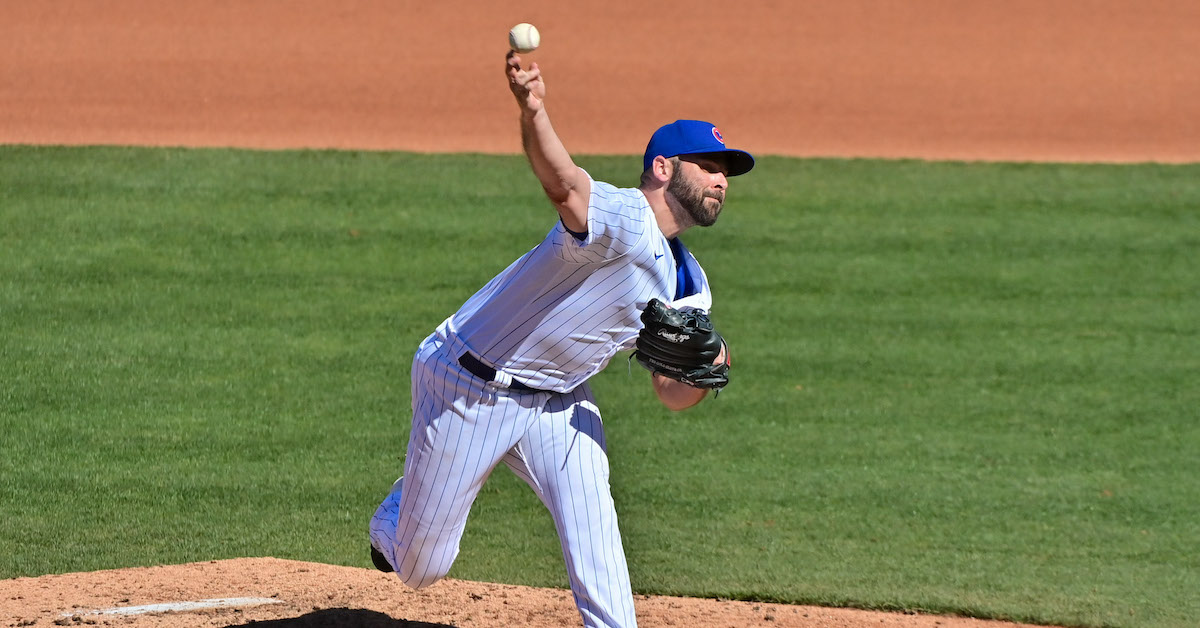Sunday Notes: David Ross Considers Managing a Blessing
David Ross was 38 years old and still strapping on the tools of ignorance when he was featured here at FanGraphs in February 2016. The title of the piece was David Ross: Future Big League Manager, and as many in the industry had suggested it would, that supposition soon came to fruition. The longtime catcher is currently embarking on what will be his fourth season at the helm of the Chicago Cubs. I recently asked Ross how he approaches the job philosophically now that he’s firmly in the trenches.
“My style — the way I approach being a manager — is leadership and direction, but I’m also still a player at heart,” Ross told me. “I understand what these guys are going through, competing for jobs and different roles. Communicating through that as a former player, someone who experienced it, I can relate to them. I try to keep a player’s mindset as part of my decision-making.”
Jed Hoyer was the club’s General Manager when the Cubs hired Ross following the 2019 season. I asked the now President of Baseball Operations about the process that informed that decision. Read the rest of this entry »








